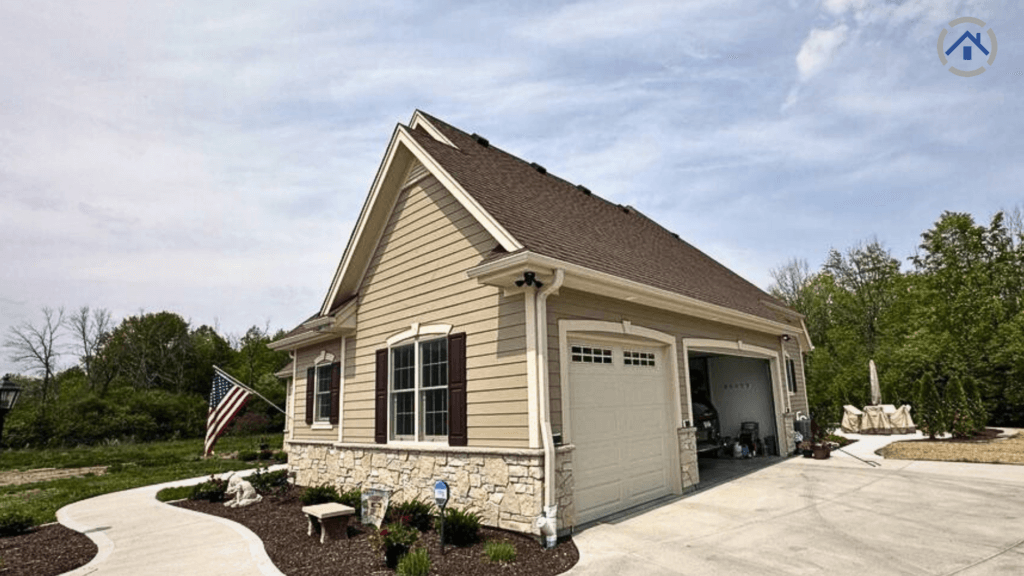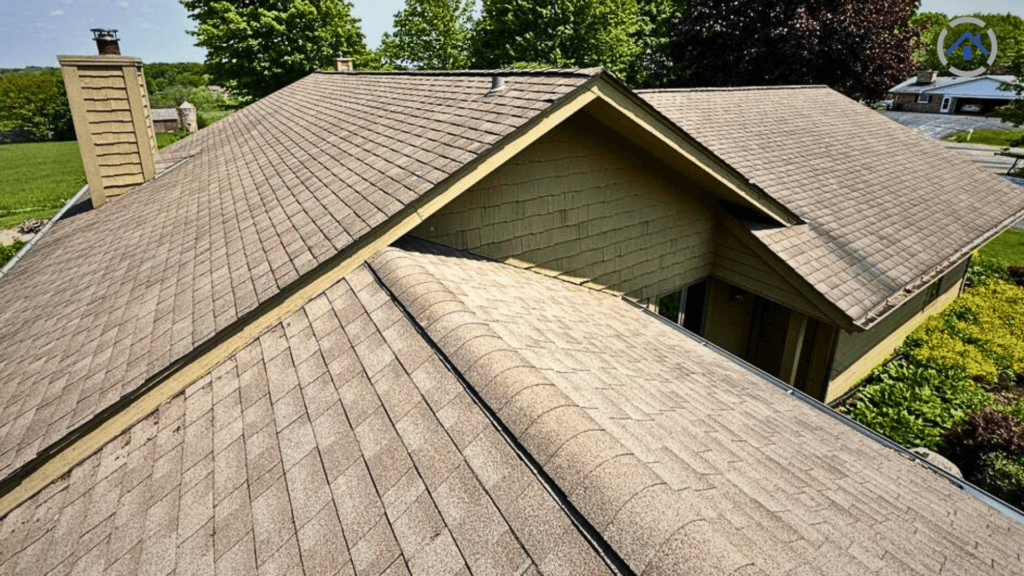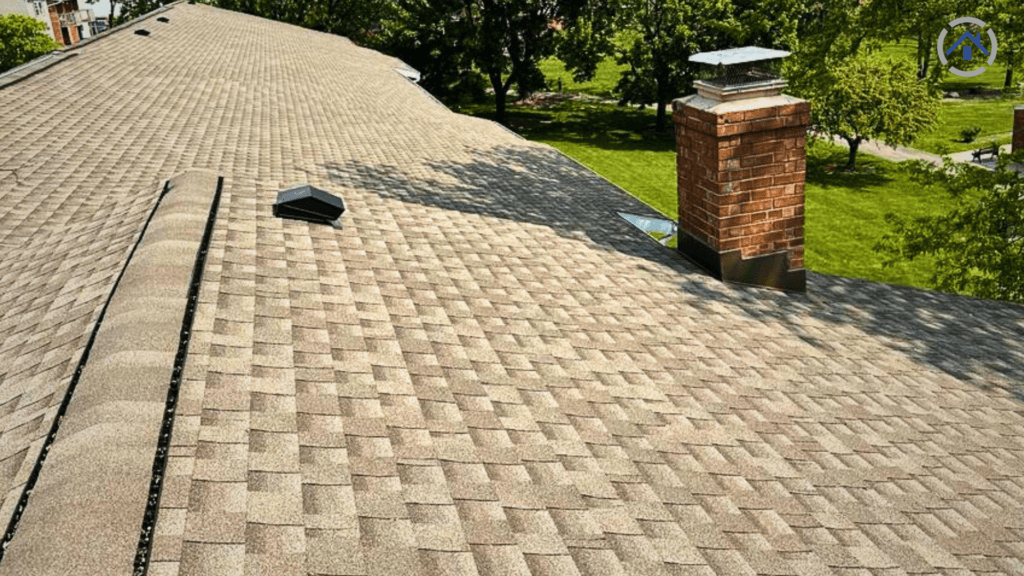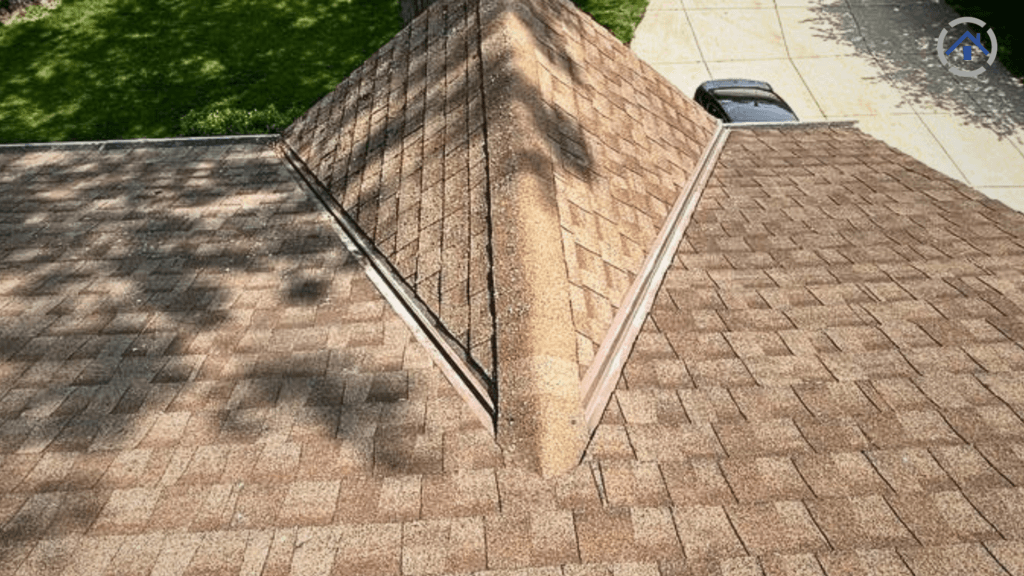
One of the most common questions homeowners ask is, "How long does a roof typically last?" Implementing appropriate maintenance practices are crucial in prolonging the lifespan of your roofing system and understanding the factors that impact the longevity of your roof. In this comprehensive guide, we will delve into the key factors, maintenance tips, and strategies to help your roof last as long as possible.

When it comes to the average lifespan of a roof, several factors come into play. While a roof in Wisconsin typically lasts between 20 and 25 years, it's important to note that some roofs may fail before or after this average timeframe. The following factors can impact roof longevity:
a) Installation Quality: The quality of the roof installation plays a significant role in determining how long it will last. A well-installed roof using high-quality materials and proper techniques can withstand the test of time more effectively.
b) Ventilation: Proper ventilation is crucial for roof longevity. It helps regulate temperature and moisture levels in the attic, preventing excess heat buildup and moisture damage to the roofing materials.
c) Sun Exposure and Shade: The amount of sun exposure impact on the roof or shade your roof receives can affect its lifespan. Continuous exposure to direct sunlight can cause shingles to deteriorate faster, while excessive shade may encourage moss or algae growth, leading to damage.
d) Maintenance: Regular maintenance is key to extending the life of your roof. Neglected roofs are more susceptible to issues such as leaks, damaged shingles, or mold growth. Routine inspections, timely repairs, and proper care can prevent premature aging and maximize your roof's lifespan.

Proper ventilation plays a vital role in maximizing the lifespan of your roof. Here's why ventilation matters and how it impacts roof longevity:
a) Heat Regulation: Adequate ventilation helps dissipate heat during hot summer months, preventing shingles from overheating and prematurely deteriorating. It also maintains a more comfortable indoor temperature and reduces strain on cooling systems.
b) Moisture Control: Excessive moisture in the attic can lead to mold growth, rot, and structural damage. Proper ventilation helps expel excess moisture, reducing the risk of these problems.
c) Ice Dam Prevention: In colder climates, good ventilation helps prevent the formation of ice dams. These occur when warm air from the attic melts snow on the roof, causing water to refreeze at the roof's edges. Ice dams can result in water infiltration and damage to the roofing materials.
To ensure proper roof ventilation, it's important to have an appropriate balance between intake vents (typically located at the eaves) and exhaust vents (usually located near the roof ridge). Consult with a roofing professional to assess your attic ventilation system and make any necessary adjustments.

To ensure your roof lasts as long as possible, follow these maintenance tips:
a) Regular Inspections: Perform annual roof inspections, ideally in spring or fall, to identify and address potential issues promptly. Look for signs of damage, such as cracked or missing shingles, leaks, or sagging areas. If you're uncomfortable performing the inspection yourself, hire a professional roofer to conduct a thorough assessment.
b) Address Repairs Promptly: If you notice any signs of damage or leaks, address them promptly. Ignoring small issues can lead to more significant problems and shorten the lifespan of your roof. Hire a professional roofing contractor to perform roof repairs and ensure they are done correctly.
c) Gutter Maintenance: Proper gutter maintenance is crucial for the overall health of your roof. Clean gutters regularly to ensure proper water drainage and prevent water backup that can damage the roof and its underlying structure. Remove leaves, twigs, and debris from the gutters to prevent clogging and ensure that water flows freely.
d) Tree Maintenance: Trim overhanging branches to minimize the risk of falling debris and potential damage to your roof during storms. Keep trees around your property well-maintained to reduce the likelihood of branches rubbing against the roof and causing abrasions. Regular tree maintenance helps prevent roof damage and prolongs its lifespan.
e) Roof Cleaning: Regularly clean your roof to remove debris, moss, algae, and other substances that can deteriorate the roofing materials. Use a soft-bristle brush or a low-pressure power washer to avoid damaging the shingles. Be cautious and follow safety guidelines when cleaning the roof, or consider hiring professionals to ensure a thorough and safe cleaning process.
f) Insulation and Attic Ventilation: Adequate insulation and attic ventilation work hand in hand with roof longevity. Proper insulation helps regulate temperature and reduces heat transfer from the attic to the roof, preventing excessive heat buildup that can damage the shingles. Additionally, well-maintained attic ventilation helps expel moisture and prevent condensation, which can lead to mold growth and deterioration of the roof structure.
g) Professional Roof Maintenance: Consider hiring a professional roofing contractor for regular roof maintenance. They have the expertise to identify potential issues, perform necessary repairs, and provide professional maintenance services. Professional maintenance can help identify and address problems early on, preventing further damage and extending the lifespan of your roof.
Understanding the typical lifespan of a roof and the factors that influence its longevity is crucial for homeowners. While the average lifespan of a roof in Wisconsin is around 20 to 25 years, proper installation, ventilation, and regular maintenance can help extend its lifespan. By implementing the maintenance tips outlined in this guide and addressing repairs promptly, you can maximize the longevity of your roof and protect your investment.

Remember that every roof is unique, and environmental factors, such as weather conditions and the surrounding landscape, can also impact roof longevity. If you have concerns about the condition of your roof or need assistance with maintenance or repairs, consult with a trusted roofing professional. By taking proactive measures and staying attentive to your roof's needs, you can ensure a longer-lasting, durable roof that provides reliable protection for your home. With proper care, your roof can continue to serve you well for many years to come.